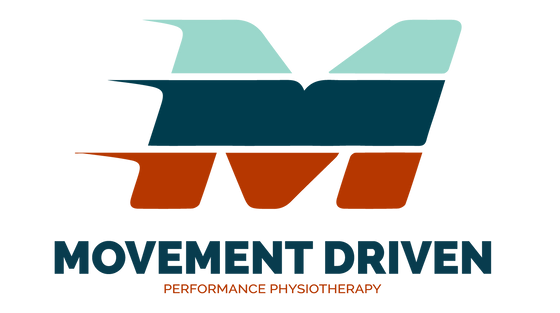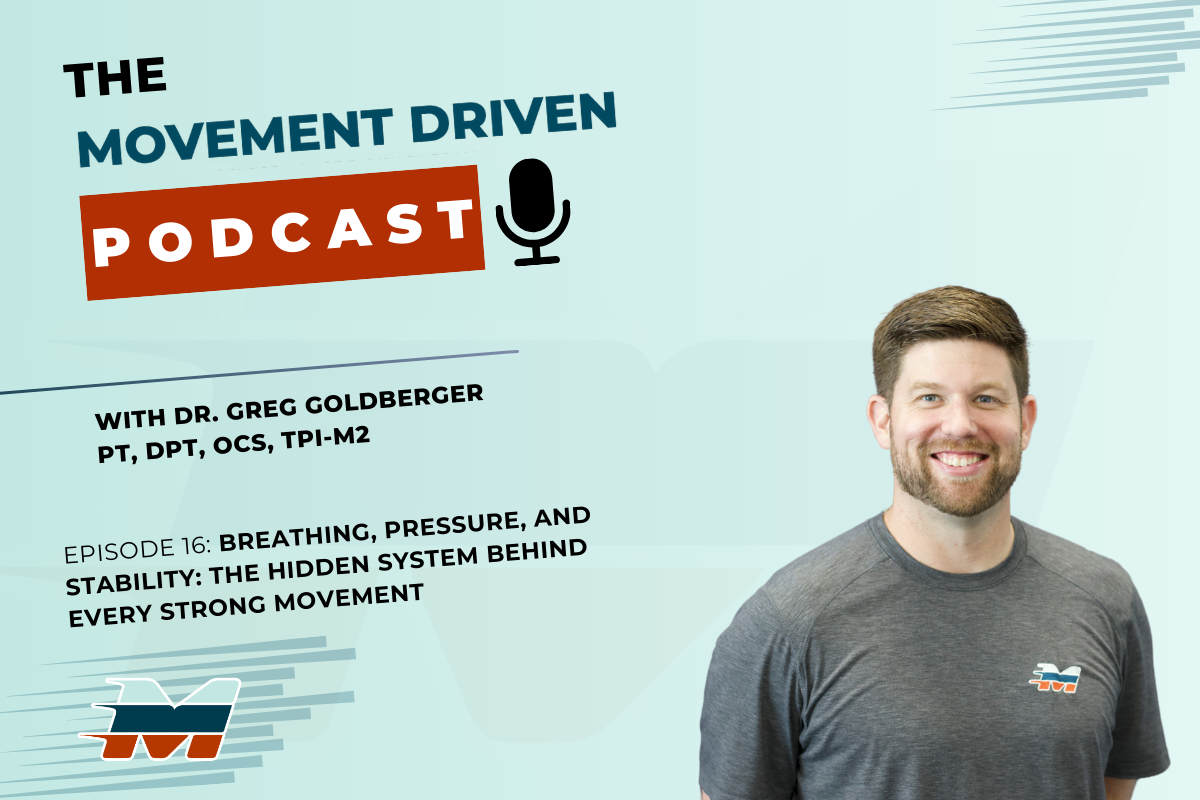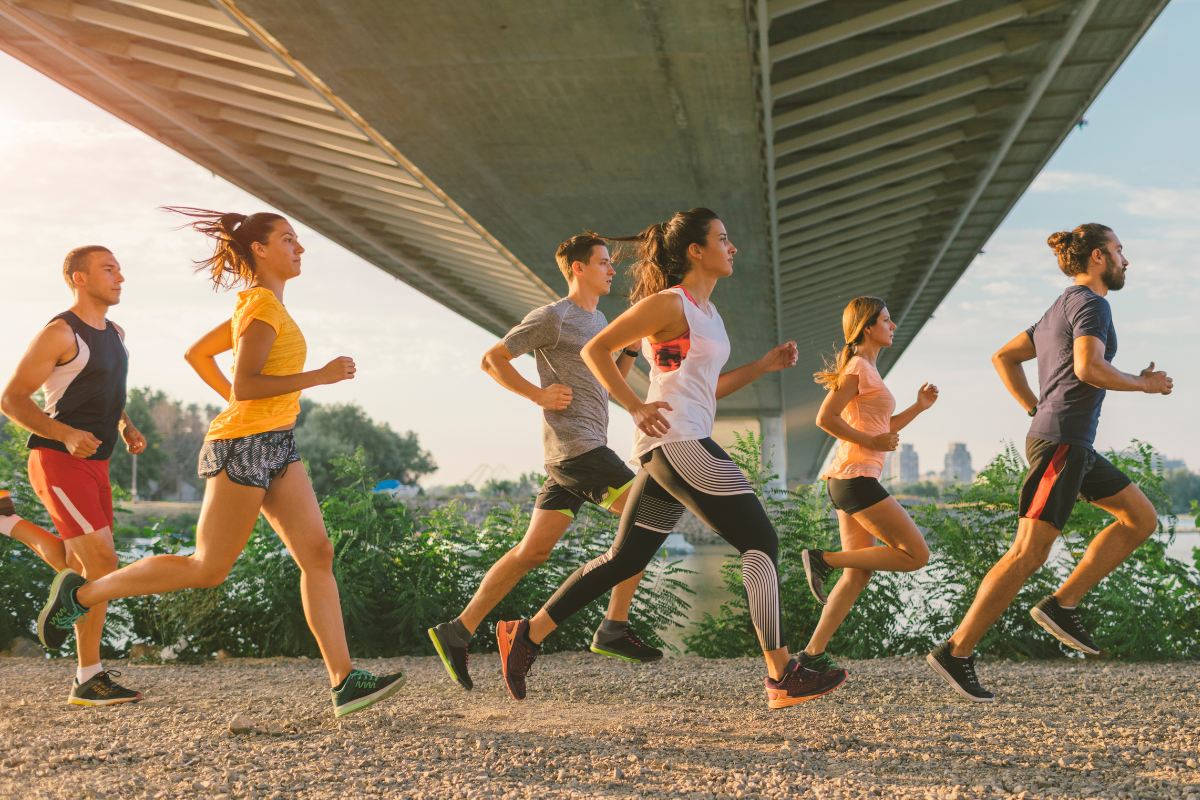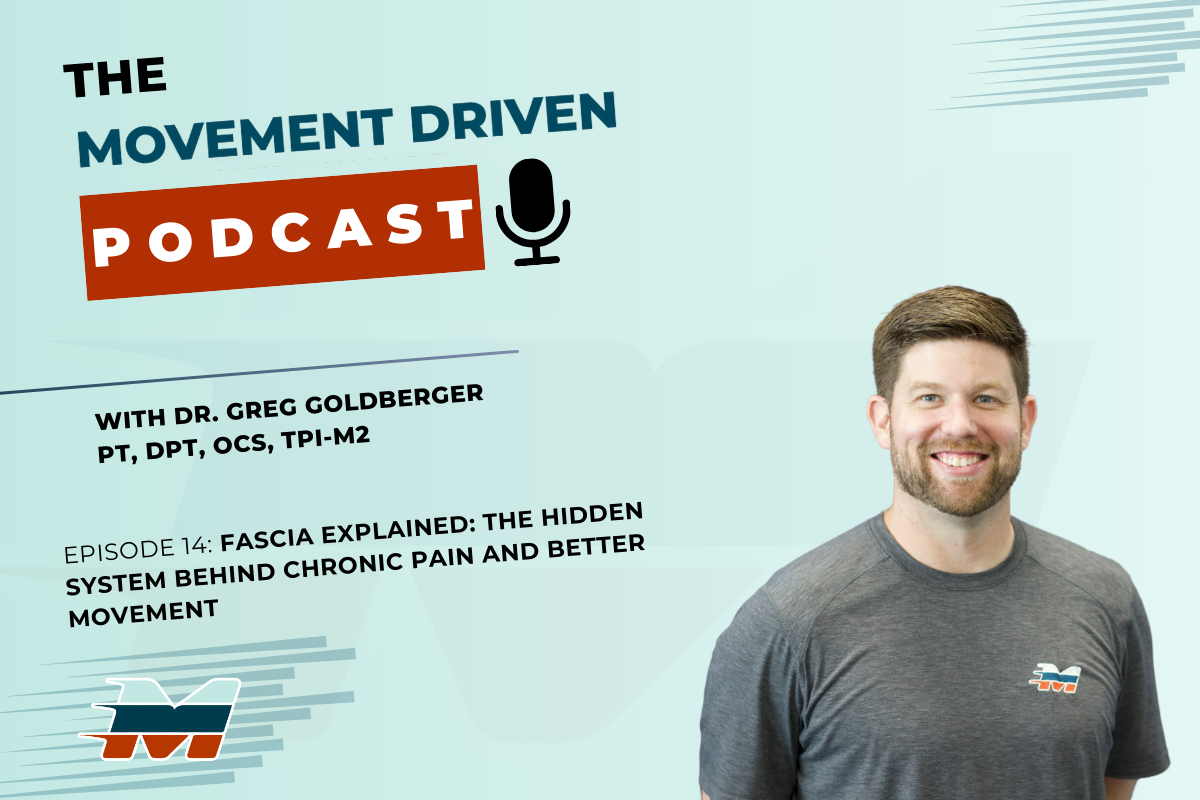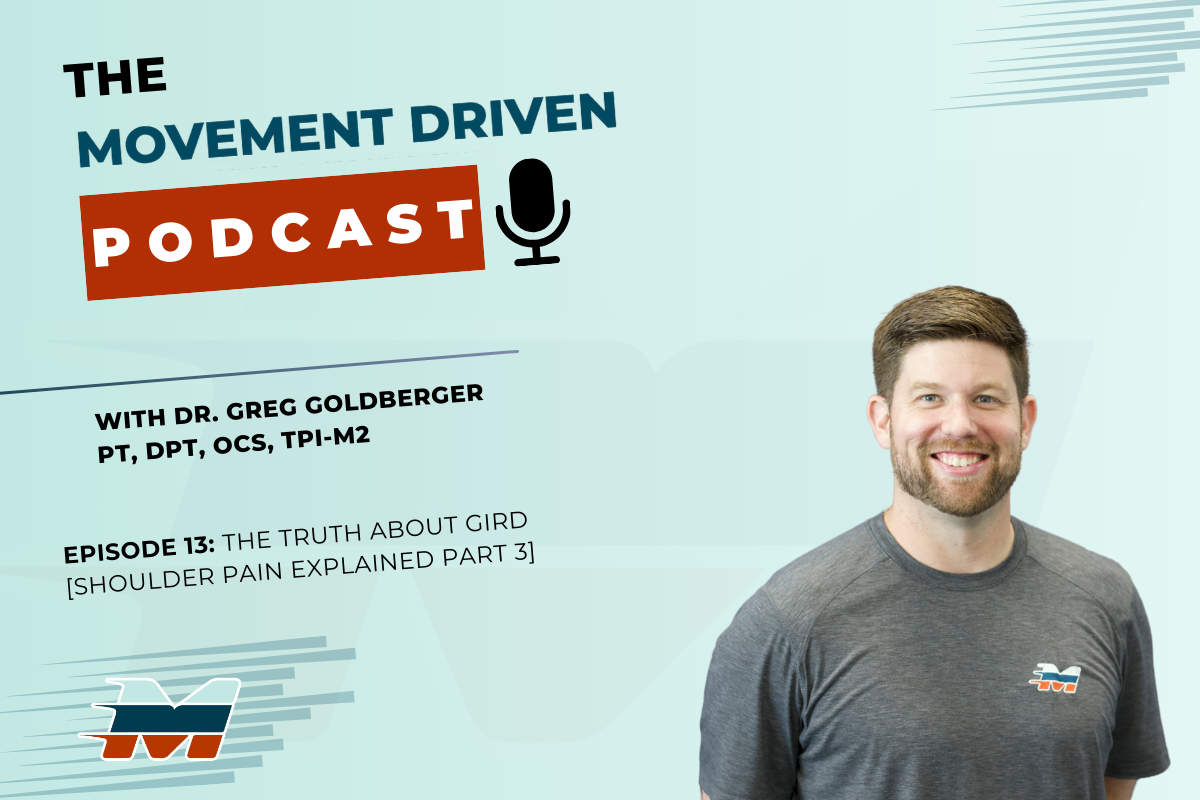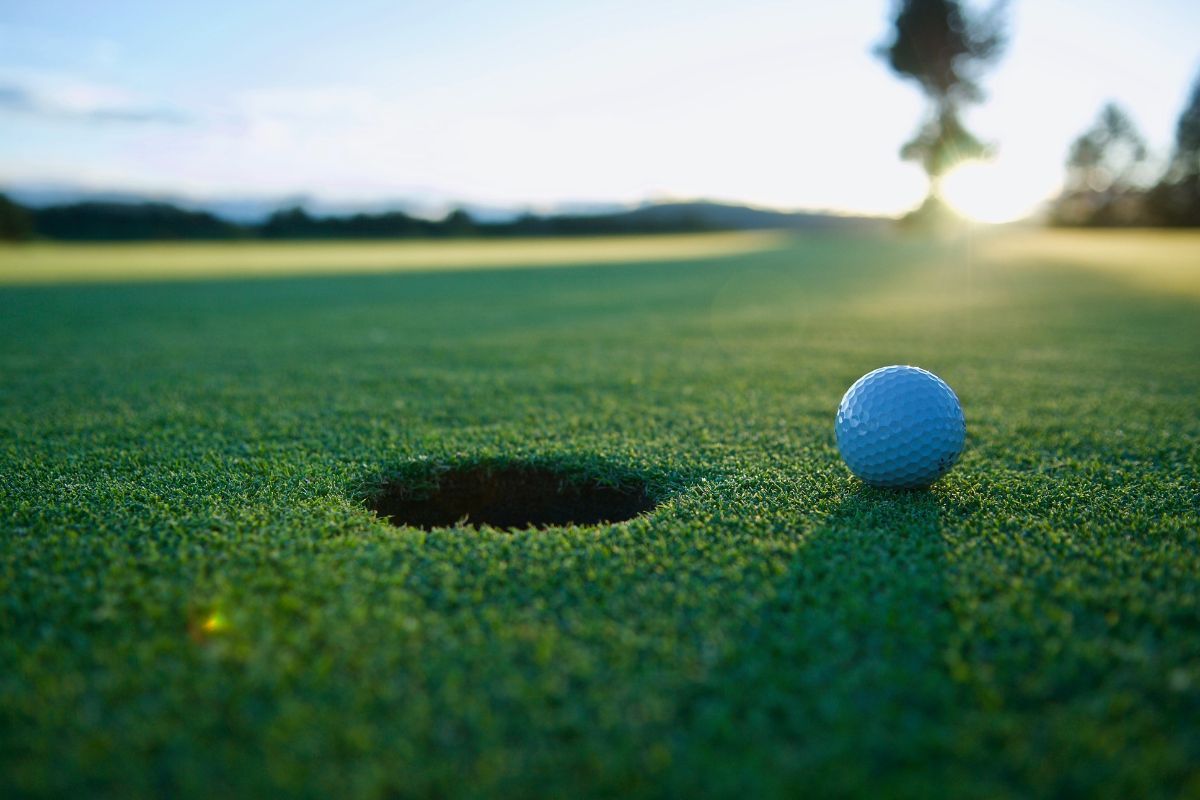Train Like a Golfer: How Hip Control Can Make or Break Your Swing | Golf Training St. Johns
Greg Goldberger • August 18, 2025
Golf Training St. Johns
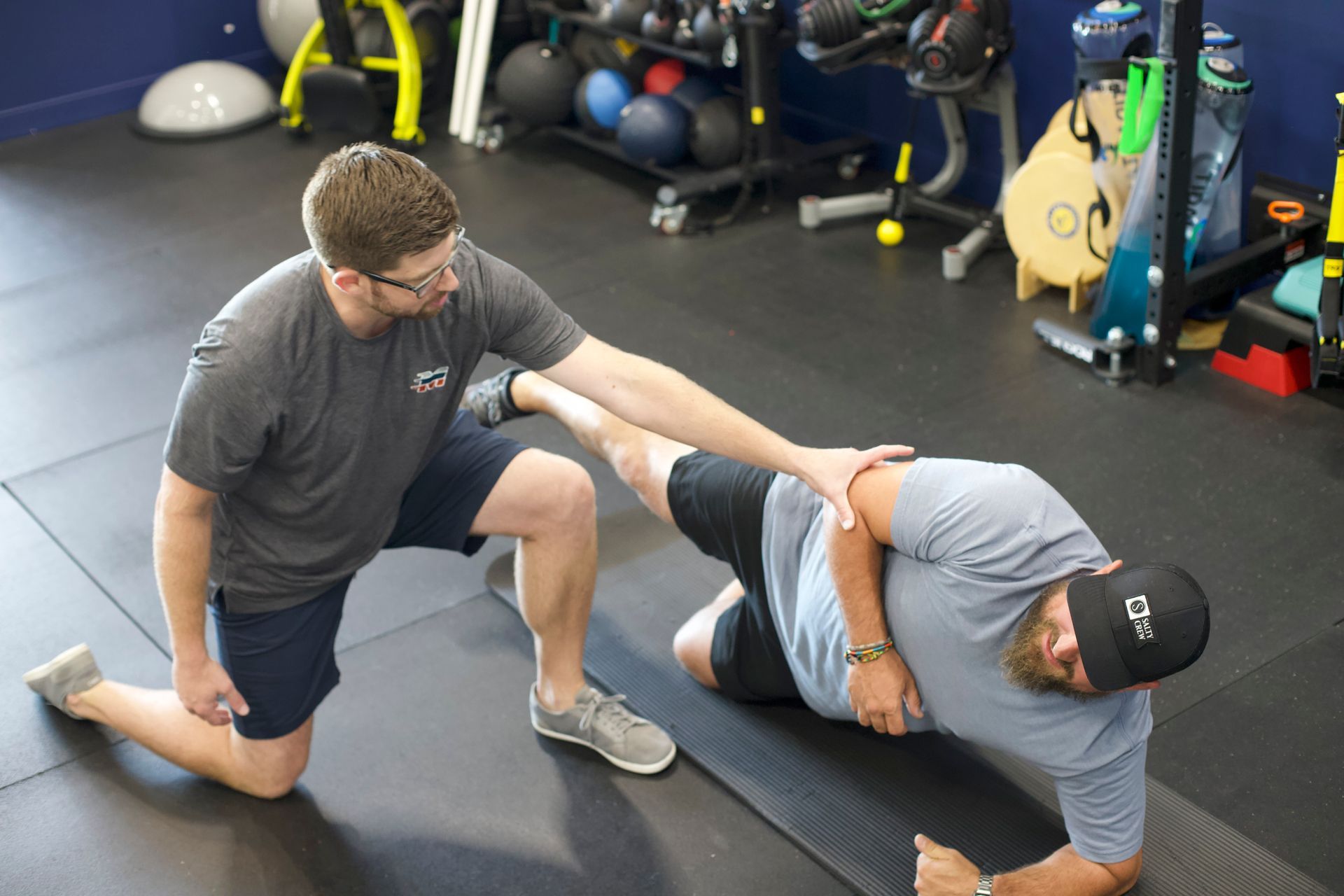
When most golfers think about improving their game, the first things that come to mind are clubs, grip, and swing mechanics. But here’s the truth: your hips are the powerhouse of your swing. Without proper hip stability and control, you risk losing distance, struggling with consistency, and even dealing with nagging back pain.
At Movement Driven, we specialize in golf training in St. Johns designed to bridge the gap between injury rehab and performance. One of our go-to drills for both prevention and performance is the hip airplane — a simple yet powerful move that trains hip control, rotation, and balance.
Why Hip Control Matters in Golf
Your hips play two critical roles in your swing:
1. Power generation – They transfer force from the ground through your torso and into the club.
2. Stability – They keep your lower body anchored while your upper body rotates.
When hip control is lacking, golfers often compensate with their spine or knees. Over time, this can lead to low back pain, poor mechanics, and reduced efficiency on the course. That’s why focusing on golf training in St. Johns that builds hip stability is essential for players of all levels.
The Hip Airplane Drill: A Golfer’s Secret Weapon
The hip airplane drill is a favorite because it directly mimics the rotational demands of a golf swing. Here’s why it matters:
• Improves hip stability for stronger, more consistent swings
• Enhances rotation without straining the low back
• Strengthens the glute medius and hip rotators, critical for endurance and control
• Carries over to real swings, helping golfers stay grounded while rotating smoothly
Adding this drill
to your warm-up or gym routine can help you unlock better control, more power, and fewer aches after a round.
Common Golf-Related Imbalances to Watch For
Many golfers struggle with the same physical issues that affect their game. Use this quick checklist to see if you might need to address an imbalance:
✅ Do you feel your back working harder than your hips during swings?
✅ Do you struggle to maintain balance on your lead leg?
✅ Do your shoulders and pelvis feel “out of sync” during rotation?
✅ Have you noticed recurring stiffness in your low back or hips after playing?
If you answered yes to any of these, it may be time to invest in golf training in St. Johns that targets your unique movement patterns.
Take Your Golf Performance to the Next Level
Don’t let poor hip control hold back your swing or put you at risk for injury. Our Titleist Performance Institute (TPI) assessments and Golf Performance sessions are designed to identify your movement limitations and create a personalized plan that bridges rehab and performance.
Whether you’re looking to prevent back pain, add power to your drives, or simply play the game longer and pain-free, Movement Driven’s golf training in St. Johns can get you there.
👉 Book your TPI Assessment or Golf Performance Session
today and start swinging with confidence.

The holiday season in St. Johns brings excitement, family traditions, and a long to do list that usually includes lifting decorations, standing for hours in the kitchen, long shopping days, and driving up and down 210. It is a joyful time, but it is also one of the most common seasons for back pain to flare up. Most of these aches come from mechanical stress on joints and tissues, not sudden injury, which is supported by the National Institute of Neurological Disorders and Stroke’s research on low back pain. The good news is that holiday related irritation is preventable with simple mobility routines and better movement strategies. Here is how to keep your back protected all season long. 1. Lifting Heavy Decor Boxes Without Strain Many St. Johns residents pull heavy bins of holiday decorations from attics, garages, or closets. Poor lifting mechanics significantly increase the risk of low back pain, which is highlighted by the American Academy of Orthopaedic Surgeons in their safe lifting guidelines. How to lift smarter: Keep the box close to your center of gravity. Bend at your hips and knees instead of rounding your back. Exhale and brace your core as you lift. Make multiple small trips instead of one heavy one. Mobility tip: Warm up first. Dynamic movements increase tissue elasticity and reduce mechanical irritation. 2. Prolonged Standing in the Kitchen Holiday cooking means long hours of chopping, stirring, and leaning over counters. Staying in one position too long increases stiffness and muscle fatigue. NINDS reports that sustained postures are a major contributor to mechanical low back pain. How to reduce standing fatigue: Alternate your stance by propping one foot on a small stool. Change your position every 10 to 15 minutes. Use cushioned shoes or an anti fatigue mat. Mobility tip: Add tiny movement breaks. Light lumbar rotations or marching in place prevent the stiffness that builds from continuous standing. 3. Shopping Days and Heavy Bags Holiday shopping at the St. Johns Town Center or local boutiques often leads to uneven loading from carrying bags on one side. As Spine Health notes, imbalanced loads contribute to muscle strain and low back irritation. How to shop smarter: Distribute weight evenly between both hands. Avoid carrying heavy bags on a single shoulder. Make trips to the car to unload heavier items. Mobility tip: Stretch your hip flexors afterward. Long periods of standing and walking tighten this area, which directly affects the lumbar spine. 4. Long Drives Up and Down 210 Holiday errands, family gatherings, and parties mean more time in the car. Sitting increases pressure on the lumbar discs and hip flexors. Research from NINDS notes that prolonged sitting is one of the most common triggers for mechanical low back pain. How to reduce back irritation in the car: Adjust your seat so your hips sit slightly higher than your knees. Use a small lumbar roll for support. Take breaks during longer trips to stand and walk. Mobility tip: When parked, pull one knee gently toward your chest to relieve hip and low back tension. 5. Why Simple Daily Mobility Helps Mobility does not need to be time consuming. It simply keeps your joints moving and prevents the stiffness that builds from repeated tasks. Spine Health emphasizes that consistent mobility improves circulation, reduces joint irritation, and enhances load tolerance. Three movements to keep your back happy: Hip hinges Thoracic rotations Bird dogs or dead bugs These movements support the spine during lifting, standing, cooking, carrying, and driving. When to See a Physical Therapist If holiday prep has already triggered pain that is sharp or persistent, a professional evaluation can help you identify the root cause and create a personalized plan. Movement Driven provides one on one care that focuses on restoring mobility, improving strength, and keeping you active all season. Ready to Stay Pain Free This Holiday Season? Schedule a free discovery call to talk through your symptoms and learn which mobility strategies will help you move pain free through the holidays.
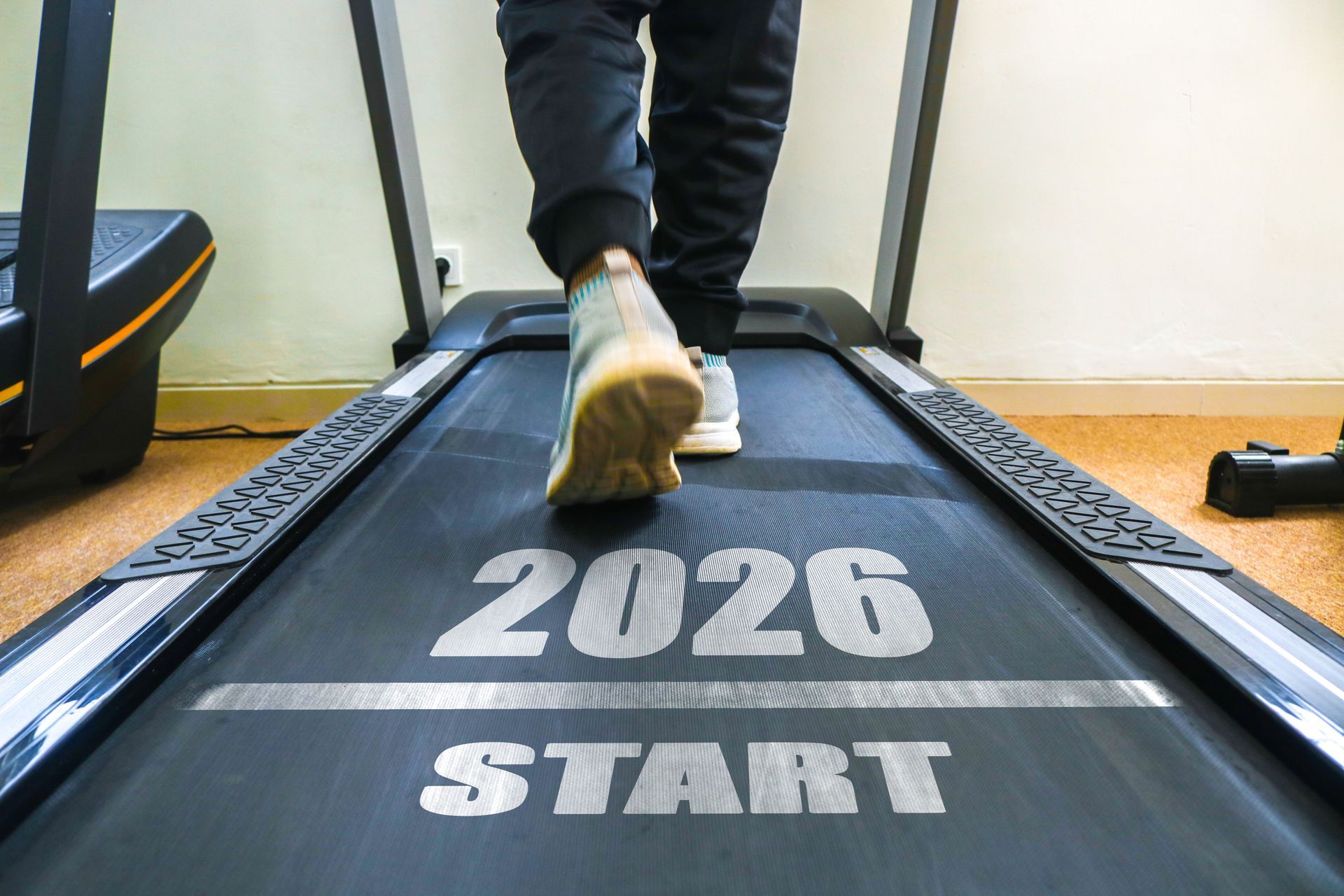
The New Year is the perfect time to reset your health, rebuild your body, and move without pain. Whether your goals include recovering from an injury, improving mobility, returning to sport, or simply feeling better in your daily life, physical therapy in Jacksonville, FL can help you start the year stronger and more confident. At Movement Driven, we believe physical therapy should do more than just manage pain—it should help you move better, perform better, and live better. Why the New Year Is the Ideal Time to Start Physical Therapy Many people begin the year motivated to improve their health, but lingering pain, stiffness, or past injuries can hold them back. Physical therapy helps address these issues at the source rather than masking symptoms. Starting physical therapy in the New Year can help you: Recover from old injuries that never fully healed Improve strength, flexibility, and joint mobility Prevent injuries before increasing workouts or activity Reduce chronic pain without relying on medication Build healthy movement habits that last all year Instead of pushing through discomfort, working with a professional physical therapist gives you a clear plan for long-term success. Personalized Physical Therapy in Jacksonville, FL No two bodies are the same—and your physical therapy shouldn’t be either. At Movement Driven, we provide one-on-one, personalized physical therapy designed around your goals, lifestyle, and movement needs. Our Jacksonville physical therapy services focus on: Identifying the root cause of pain or dysfunction Improving movement quality and biomechanics Restoring strength, stability, and confidence Helping you return to the activities you love Whether you’re an athlete, a busy professional, or someone simply wanting to move without pain, our approach is tailored to you. Common Reasons People Seek Physical Therapy at the Start of the Year Many patients seek physical therapy in January and beyond for: Back pain and neck pain Shoulder, hip, and knee injuries Sports-related injuries Post-surgical rehabilitation Overuse injuries from exercise or work Mobility limitations affecting daily life Physical therapy helps you rebuild safely, reduce setbacks, and move forward with confidence. Prevent Injuries Before They Happen One of the most overlooked benefits of physical therapy is injury prevention. As activity levels increase in the New Year—new workout routines, training plans, or recreational sports—the risk of injury rises. Working with a physical therapist can: Correct movement imbalances Improve flexibility and joint control Strengthen weak or underactive muscles Reduce stress on joints and tissues Preventative physical therapy helps keep you active and pain-free throughout the year. Why Choose Movement Driven for Physical Therapy? Movement Driven stands out by focusing on how you move, not just where it hurts. Our evidence-based approach helps patients achieve lasting results—not temporary relief. ✔ Expert, movement-focused physical therapy ✔ One-on-one attention with your physical therapist ✔ Individualized treatment plans ✔ Modern, active approach to rehab and performance ✔ Trusted physical therapy provider in Jacksonville, FL We work with you, not just on you. Make This the Year You Move Better Don’t let pain, stiffness, or injury limit what you can do in the New Year. Investing in physical therapy in Jacksonville, FL is an investment in your health, performance, and quality of life. Whether you’re recovering, rebuilding, or looking to prevent future issues, Movement Driven is here to help you move forward with confidence. Visit Movement Driven in Jacksonville & St. Johns, FL Movement Driven proudly serves Northeast Florida with two convenient locations: 📍 Jacksonville, FL 📍 St. Johns, FL If you’re looking for expert, personalized physical therapy in Jacksonville, FL or St. Johns, FL, contact Movement Driven today and start the New Year moving better.
